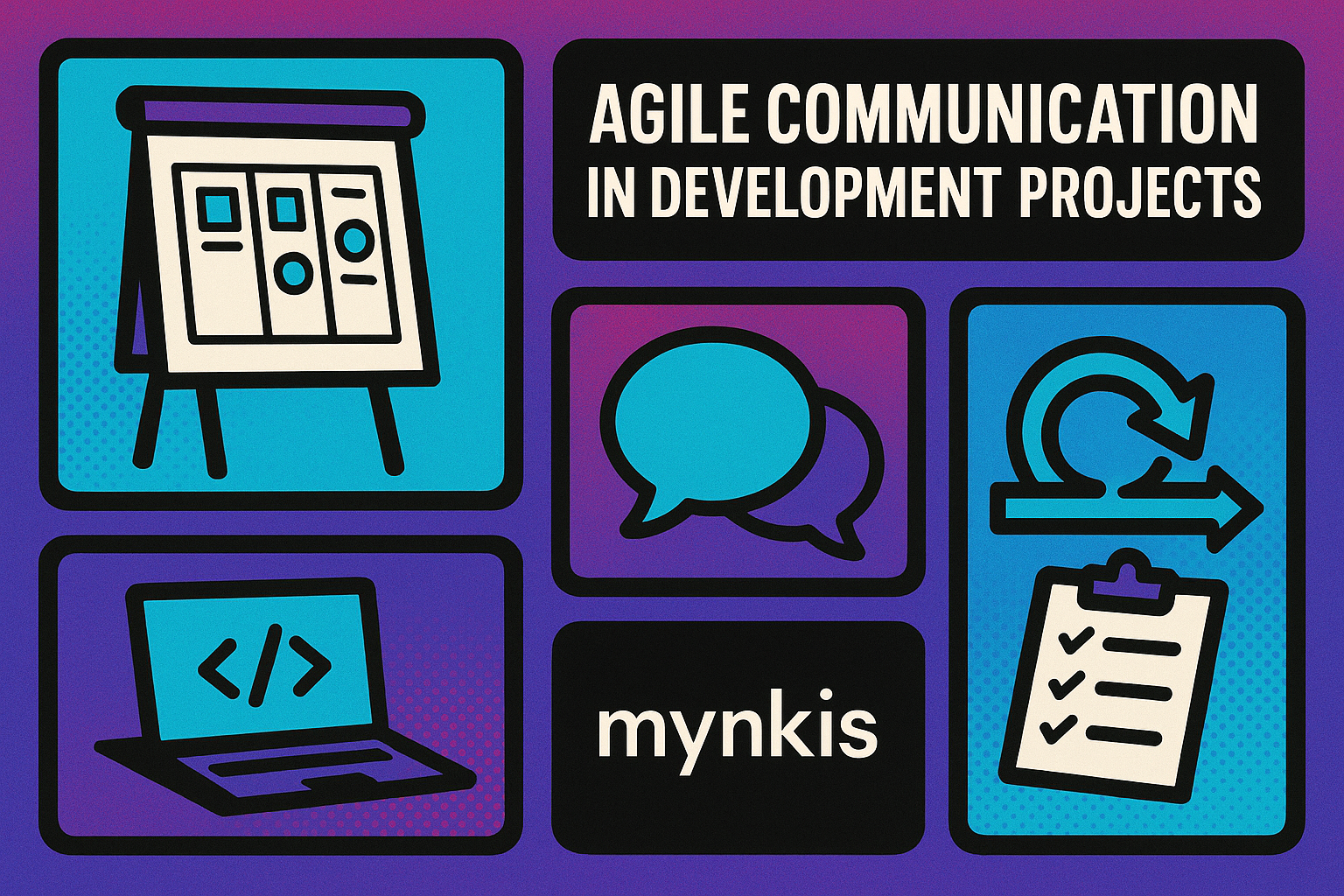Schedule a Demo
Agile communication is the linchpin of any successful development project, particularly when it comes to custom software development and enterprise web solutions. It’s not just about exchanging information; it’s about fostering a culture of collaboration and continuous improvement. I’ve seen firsthand how efficient communication can transform a good project into a phenomenal one. From daily stand-ups to iterative reviews, the agile methodology thrives on constant, clear interaction.
Transparency is fundamental. In my work with project managers and developers, I've found that open and honest communication helps to identify issues early on. This isn't just about maintaining project timelines and quality; it’s about building trust within the team. Projects benefiting from agile communication typically experience fewer delays and, surprisingly, sometimes even surpass their initial goals.
Selecting the right tools can significantly enhance project communication. From Slack for real-time chats to Jira for task tracking, tools must be tailored to the specific needs of your enterprise web solutions and software development endeavors. Collaboration platforms like GitHub can facilitate code sharing and review processes. These tools are not a one-size-fits-all solution, but rather should be chosen based on the size and type of the project.
Cross-functional teams are essential in custom software development, where different departments often bring unique insights. As a facilitator in many projects, I ensure that marketing, operations, and IT are on the same page. Facilitating regular sync-ups can bridge the communication gap, but it takes concerted effort from all team members. Such synergy can result in innovative solutions perfectly aligned with business needs.
With the rise of remote work, agile communication across geographies presents unique challenges. Time zones, language barriers, and cultural differences must be navigated carefully. I advocate for structured yet flexible communication protocols, which allow for regular check-ins yet accommodate diverse schedules. Using cloud-based tools becomes even more critical to maintain project momentum and coherency.
Agile meetings such as daily stand-ups and sprint reviews are crucial for maintaining project trajectory. They create opportunities for real-time feedback and realignment of goals. Stand-ups keep the focus sharp on immediate tasks while reviews offer a broader perspective on project progress, often sparking incremental improvements or strategic shifts.
Stakeholders play a pivotal role in development projects. Integrating their feedback early and often ensures the project aligns with business objectives. In my role, I often set up specific channels for stakeholder input, ensuring their voices are heard without overloading the development team. This balance helps keep projects focused and aligned with enterprise-level expectations.
Retrospectives are the heartbeat of continuous improvement in agile environments. They offer teams a chance to reflect on what went well and what could be done better. In one instance, post-sprint retrospective feedback on team communication led us to implement a new collaboration tool that markedly improved efficiency. Teams should never miss this vital component of the agile process.
Miscommunications and silos are common yet detrimental to agile projects. I've worked to establish clear protocols for communication; setting expectations early on helps mitigate these issues. Clear responsibilities, transparent channels, and proactive addressing of conflicts result in smoother project flows.
Documentation isn't typically thought of in terms of agile, but in custom software development and enterprise web solutions, it’s crucial. Agile documentation should be lean yet comprehensive enough to guide future maintenance or feature enhancements. Maintaining an up-to-date knowledge base helps new team members or external stakeholders catch up quickly on project details.
Clients appreciate being involved in an agile process. Regular touchpoints allow them to give input and see progress, enhancing their confidence in the outcome. In working with clients on projects ranging from custom software development to bespoke B2B websites, the agility to adapt to their feedback fosters a more engaged partnership.
Agile methodologies not only improve communication but directly influence project delivery timelines and quality. Case studies from companies like Atlassian and Pivotal highlight significant improvements when employing agile. Projects tend to stay on budget, meet deadlines, and have greater alignment with business objectives when communication is tight and responsive.
Transitioning to an agile environment requires buy-in from the entire organization. In my experience, it’s essential to train teams not only on the methodologies but on the importance of agile communication itself. Starting with pilot projects can help ease the transition, allowing businesses to see immediate benefits before scaling up.
Agile isn’t just a set of practices; it’s a culture. It emphasizes accountability, transparency, and adaptability—values that, when embedded within the organization, can revolutionize project delivery. Cultivating this environment encourages innovation, which in turn can lead to superior enterprise-level custom software development and enterprise web solutions.
